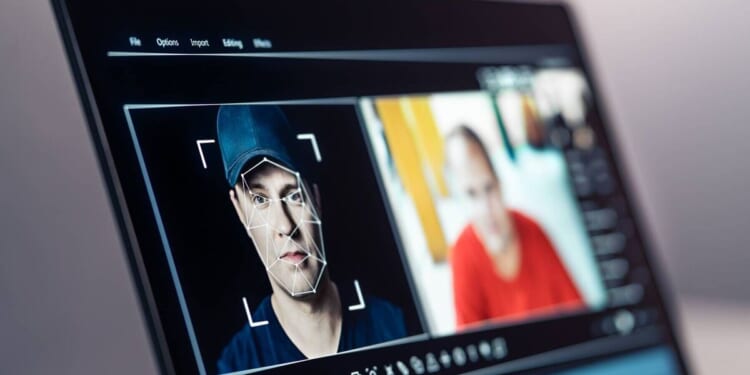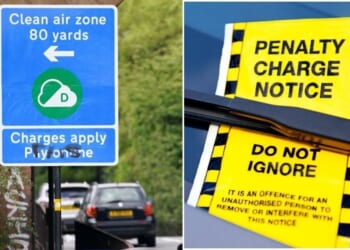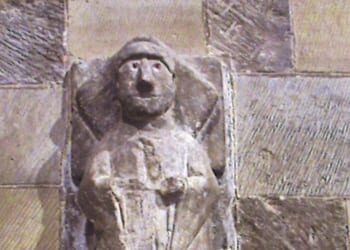We are entering a new era of online video content, and experts warn that it’s potentially quite perilous. A surge in AI-generated videos is sweeping across social media, with digital deception reaching unprecedented levels.
Here’s how you can distinguish between reality and fakery. A technology expert has issued a warning about ultra-realistic AI video tools available on platforms like Sora 2, which have been exploited by fraudsters to fuel a wave of deepfake scams online.
The number of deepfake videos has skyrocketed from half a million in 2023 to over eight million this year, according to cybersecurity firm DeepStrike. Scam attempts have surged by 3,000% in just two years.
The experts revealed that it’s becoming increasingly difficult to differentiate between what’s real and what’s not, as humans can now only detect high-quality deepfakes one in four times, meaning millions could be deceived without even knowing it.
What started as a fun internet trend with deepfakes and AI-generated videos has quickly morphed into a multi-billion-pound criminal industry. Scammers are now using AI to clone voices, faces, and emotions, tricking victims into parting with their money or disseminating fake news.
Real-time deepfake video calls are also likely to become more common, with scammers impersonating loved ones or bosses live on screen, complete with cloned voices and mannerisms. This is made possible by tools available from platforms such as Sora, a text-to-video app capable of creating realistic videos in under a minute.
How to spot fake videos
The tech whizzes at software company Outplayed have revealed some key signs to spot an AI-generated video. These include:
- Blinking and Eyes: Subjects blink less or move their eyes in robotic patterns.
- Hands and Fingers: Look out for warped or merged fingers – AI still struggles with hands.
- Lighting Errors: Shadows fall in odd directions or faces look too bright.
- Water and Reflections: Liquid looks “too perfect” or unnaturally still.
- Lip Sync Issues: Lips don’t quite match the words – especially on “p” or “b” sounds.
- Smooth Skin: AI faces appear plastic-like, without pores or texture.
- Glitchy Backgrounds: Warped objects or flickering edges give the game away alongside unhidden watermarks.
- Fabric Movement: Clothes move stiffly or unnaturally in wind.
- Scene Transitions: Awkward jumps or “blips” mid-shot suggest synthetic editing.
- Strange Context: People appearing out of character or in odd places.
Gut Feeling: If it feels off – it probably is.
One specialist at Outplayed has warned people to recognise just how rapidly this form of technology is advancing.
Victims are falling prey to scammers
“What once took Hollywood studios weeks to produce can now be made by anyone with a laptop. The videos from the latest AI tools like Sora 2 are almost indistinguishable from reality – and that’s terrifying in the wrong cases it may be utilised in,” they said.
Individuals are falling victim to fraud via social media, in business settings and even in romantic contexts – as these criminals exploit the traditional notion of ‘believing what you see’.
The specialist continued: “People trust video evidence. That’s why we’re entering a dangerous new era with deepfakes on a rapid rise. They bypass logic and go straight for emotion.”
Sora has now surpassed one million downloads, with users generating brief clips that are already sparking debate.
Numerous individuals are producing content featuring famous figures such as Jake Paul and Michael Jackson, disturbingly obscuring the boundary between fantasy and reality.
Following the emergence of several disrespectful deepfake creators, the platform’s developers were compelled to prohibit videos depicting Martin Luther King Jr, underlining the mounting moral dilemmas surrounding this technology.

















